Gouache – Opaque watercolour
(Pronounced gwahsh)
Note: Gouache is a type of water-soluble paint that, unlike watercolour, is opaque (can't be seen through) so the white of the paper does not show through.
The following image should help you remember what gouache means:
It's good to wash (gouache) your brushes out regularly but change the water colour once it can't be seen through.
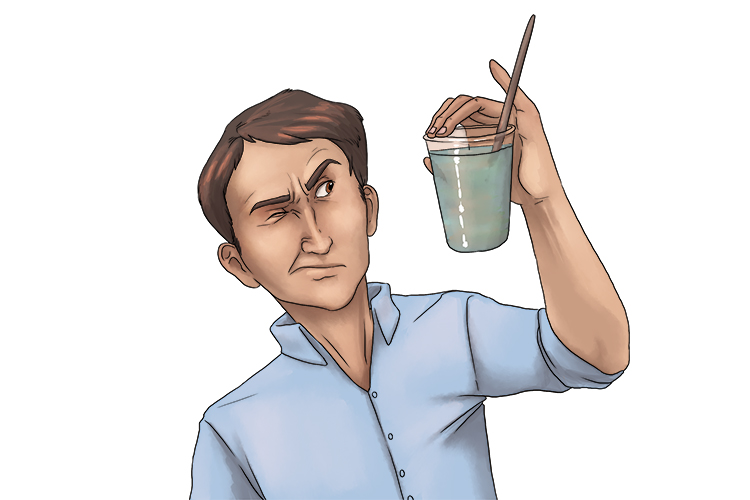
To test the difference between gouache and watercolour, try painting the same picture using each medium and then once again using both and see the differences and similarities between them.
Sketch a simple drawing, one that will be easy to replicate.
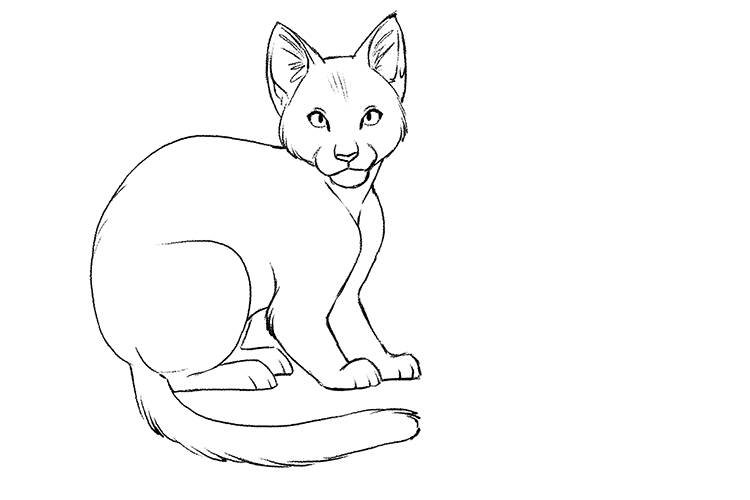
Watercolour
Paint your watercolour picture. You can layer the paint to create darker areas and use more water for the lighter areas. You must work from light to dark because light colours will not cover dark areas.

If there are any areas you want to make lighter again, wet them slightly with your (clean) paintbrush and dab the pigment off with tissue.
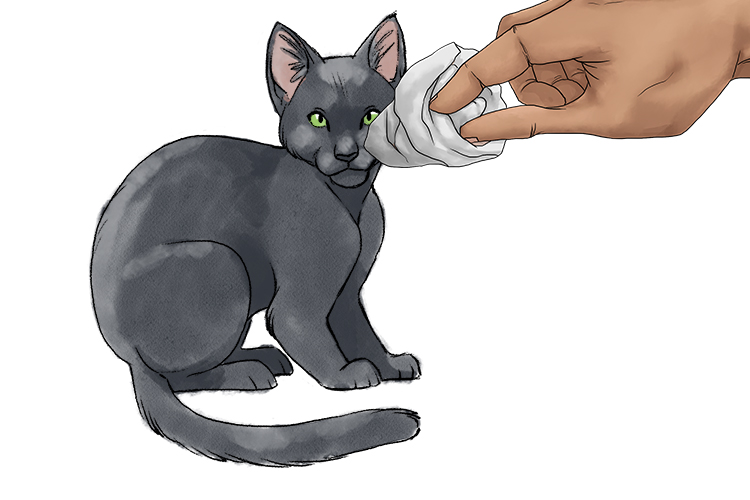
Add any finishing touches like whiskers and facial hair.
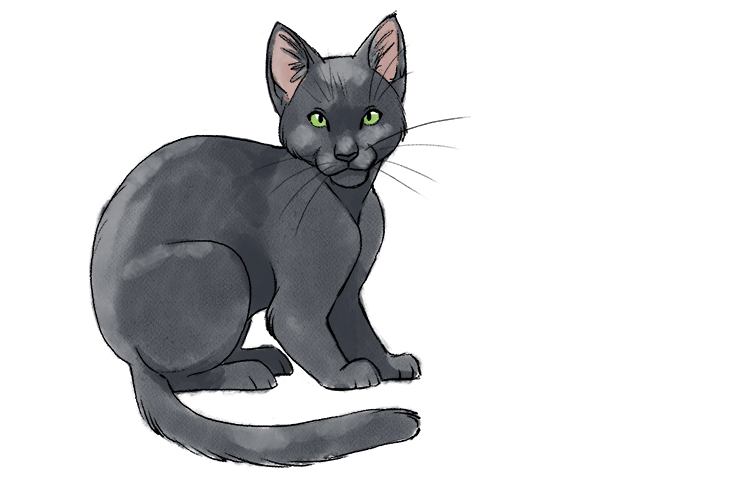
Gouache
Next, redraw your picture and paint it with gouache. You can work from dark to light or vice versa with gouache, but be mindful about how wet your brush is, as gouache is very blendable. In fact, use this blending ability of gouache for smooth subtle gradients of colour. Gouache can also be reworked once dried. Use a paintbrush dipped in water and paint around the edges. As the paint softens into a liquid you can blur the edges.
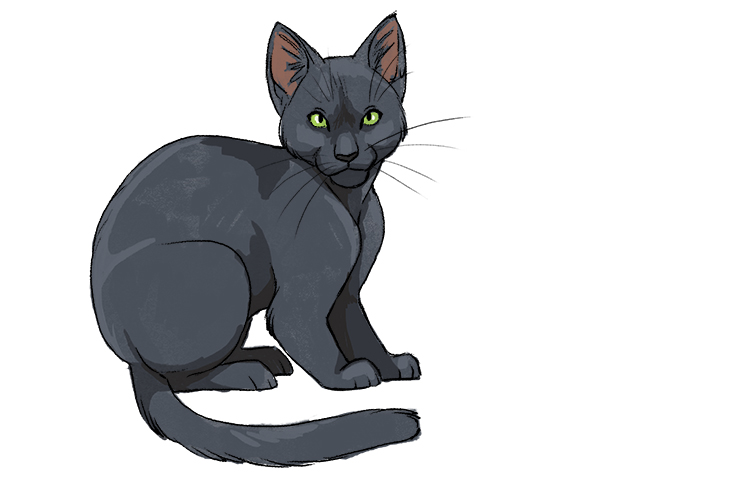
You should achieve a more solid look and may need to go over the lines again if the gouache has obscured them.
After completing separate studies, take time to put them side by side and think about similarities and differences.
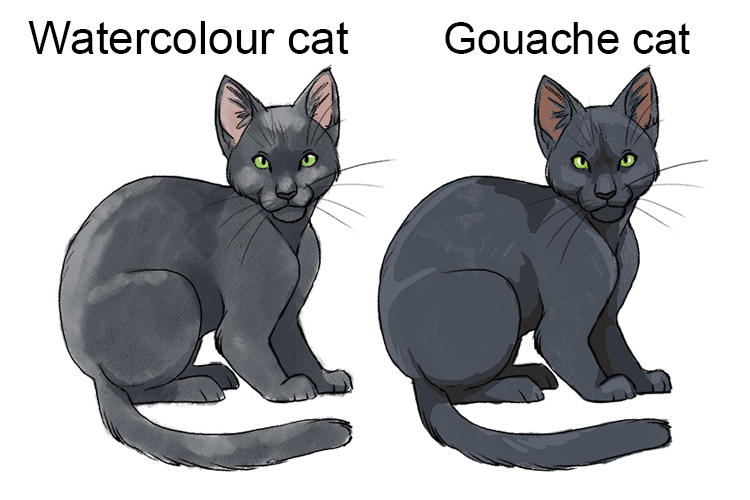
Watercolour and gouache
You can experiment with how you want to use the two paints together. For this example, we are using a wash of watercolour first.
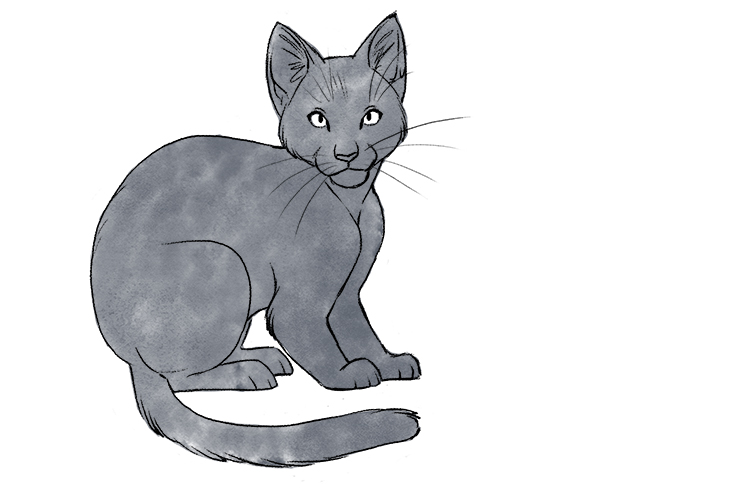
Then we are using the gouache to add shading and other details such as the eyes over the top. You should be able to achieve an interesting contrast between the tones and the texture.
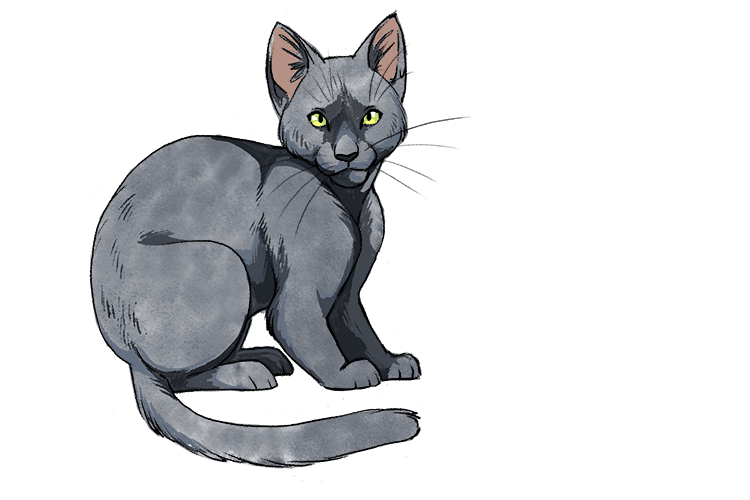
Gouache.




